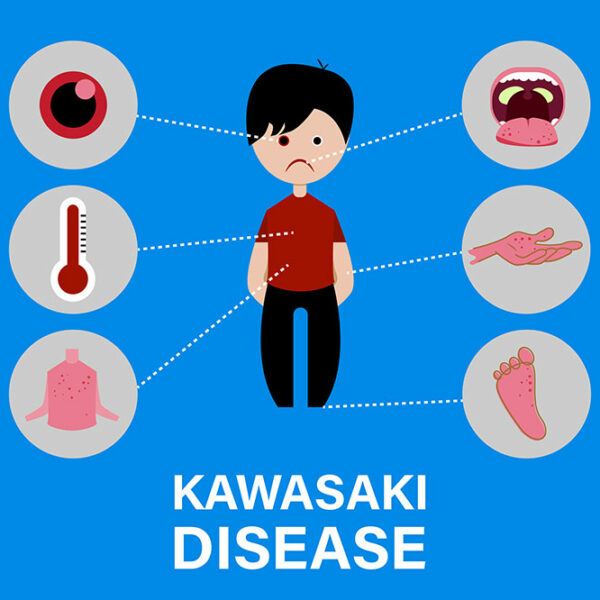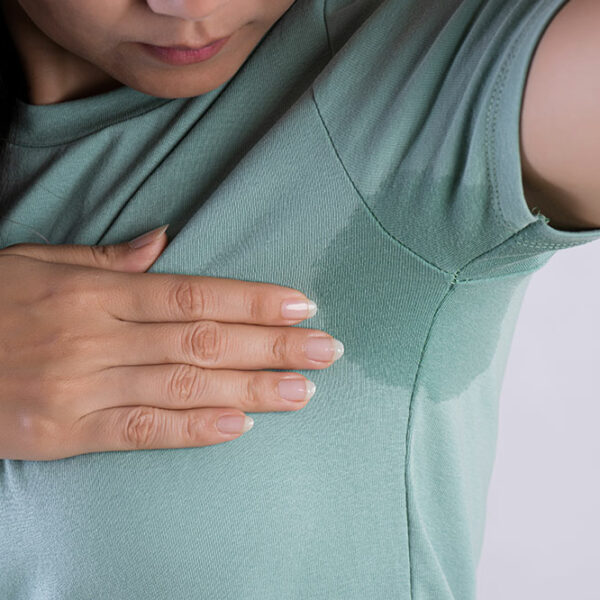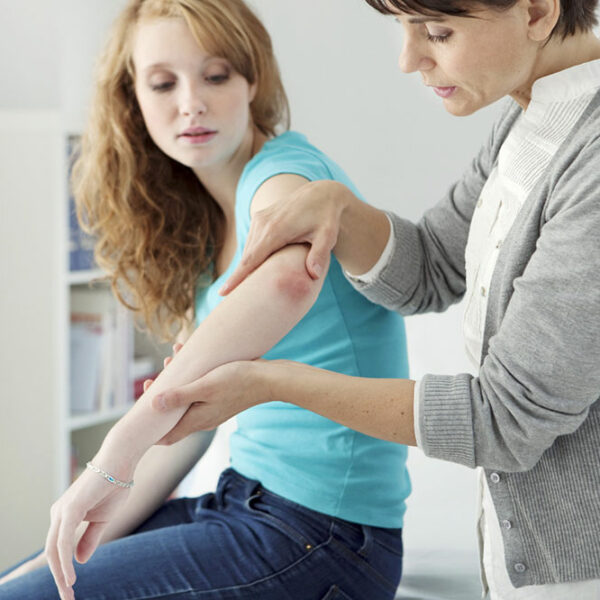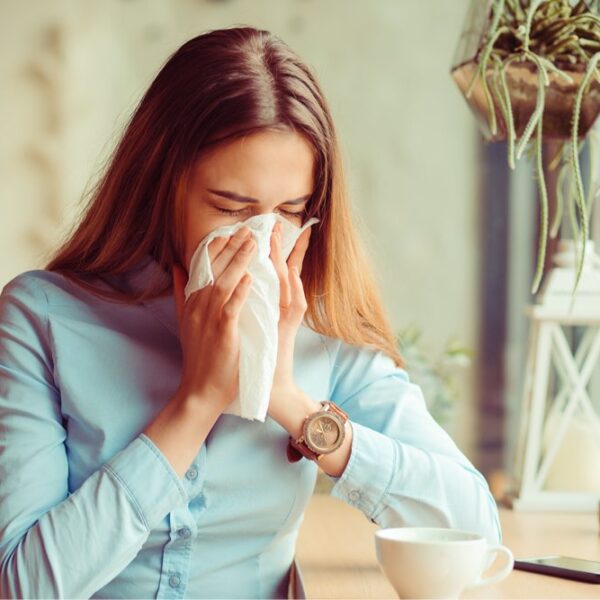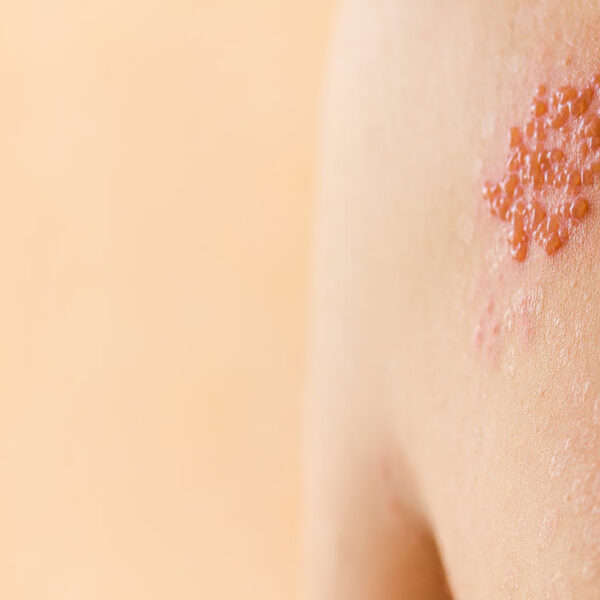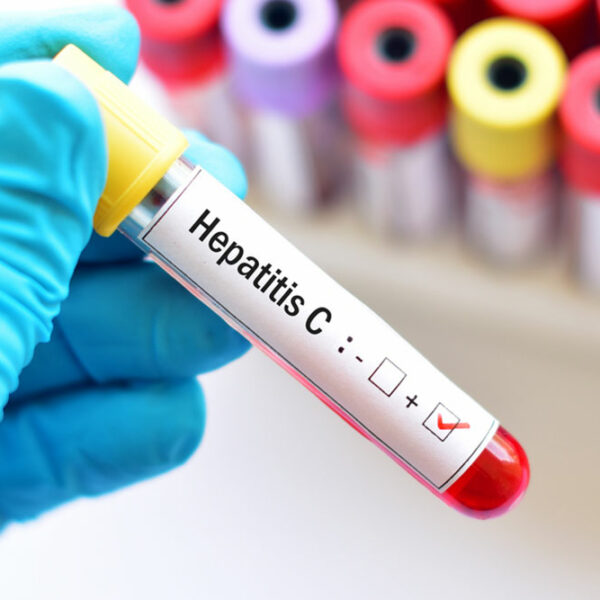
Hepatitis – types and contributing factors
Hepatitis – types and contributing factors Hepatitis is described as an inflammation in the liver. Inflammation is essentially any tissue’s natural response to injury or irritation, and the general effects of inflammation are swelling, redness, and pain. There is a wide range of causes of the condition, but they differ based on the type of hepatitis that one is affected with. For example, various types of viral hepatitis involve viral infections rather than any other disorder in the body. Hepatitis can be acute or chronic depending on the severity, and there are various types: Types Hepatitis A This type of hepatitis does not result in chronic infections and typically involves no complications. It is one of the most common food-borne infections, and the liver takes approximately two months to properly heal from hepatitis A. In rare cases, hepatitis A can lead to liver failure, which can be fatal. The most common prevention method for hepatitis A is vaccination. Hepatitis B Above 70% of all diagnosed occurrences of hepatitis B have been found in young people from the age of 15 to 39. It usually takes people 6 months to completely recover from the illness, but some may suffer from a life-long, chronic infection, which leads to ongoing liver damage.
